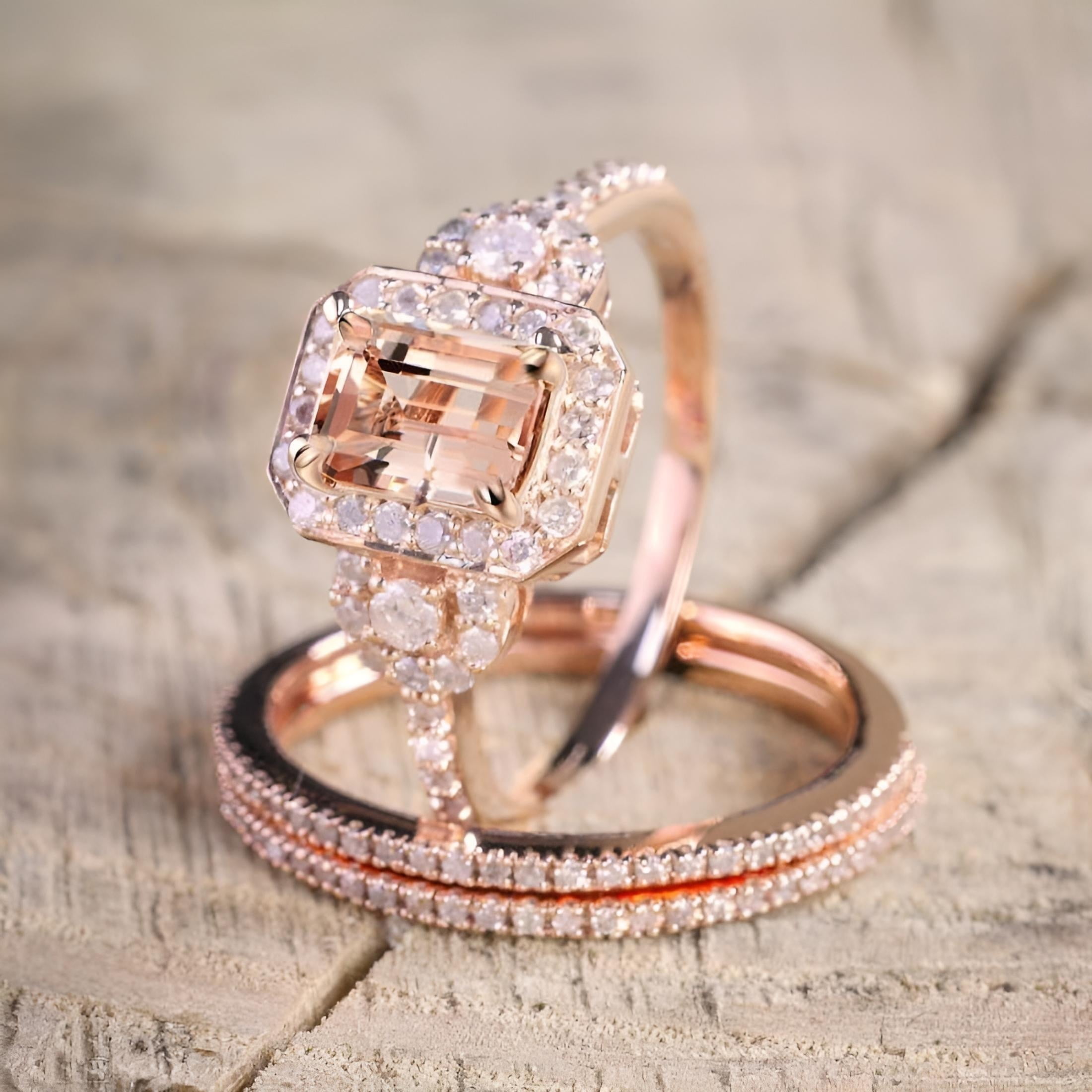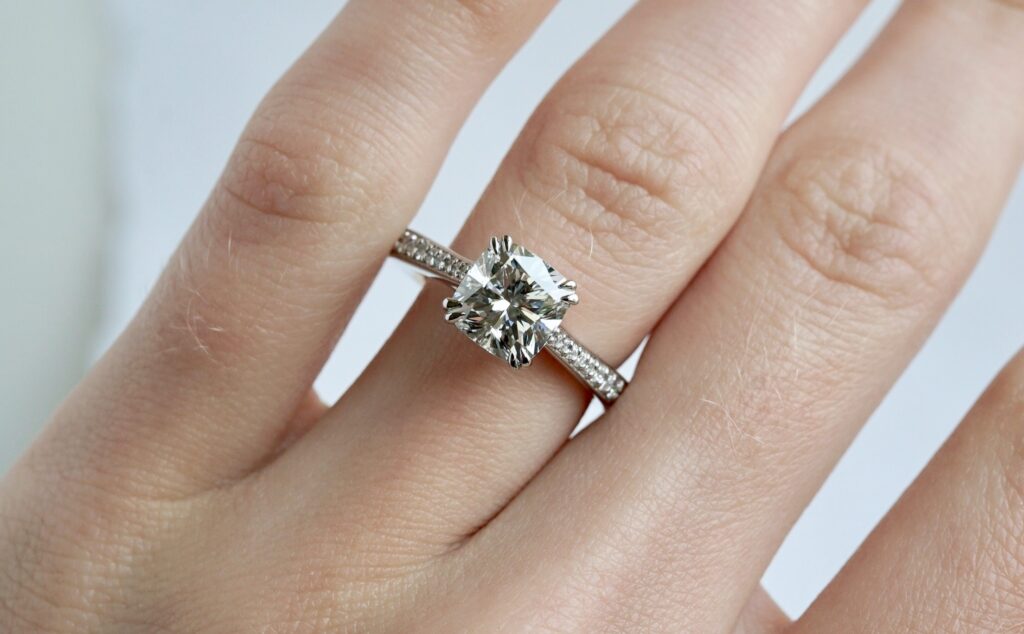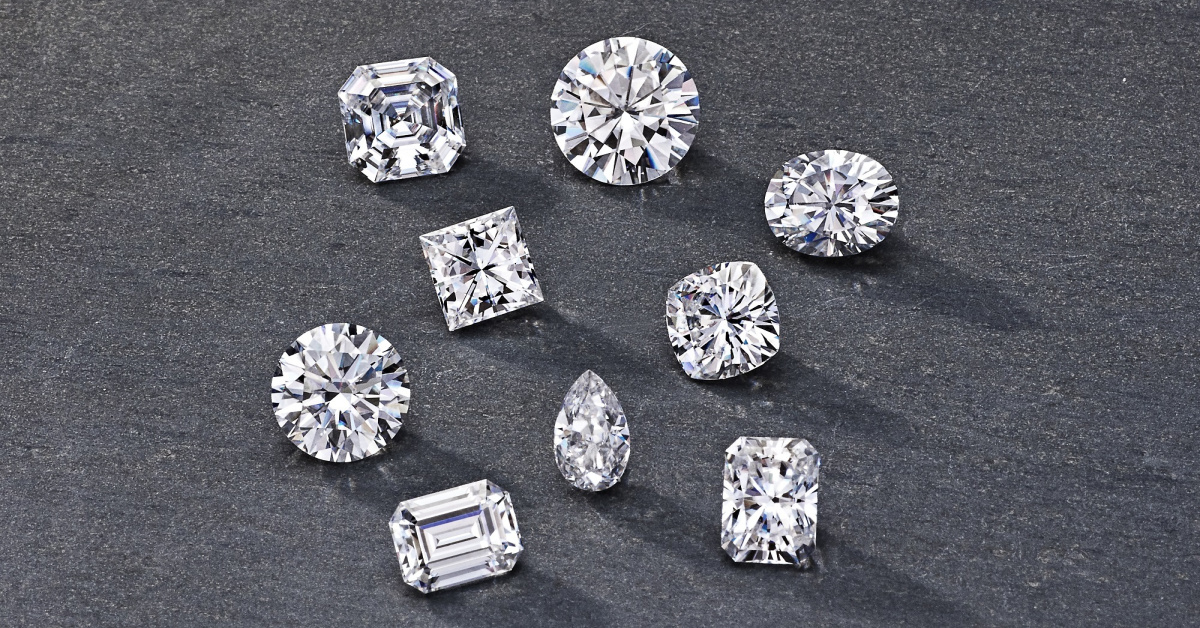The Fascination with Blue Diamonds: A Rare and Enigmatic Gemstone

Blue diamonds are among the most captivating and rare gemstones in the world. Known for their stunning color and unique properties, these diamonds have fascinated collectors, jewelers, and buyers for centuries. But what makes blue diamonds so extraordinary? Are they truly better than other colored diamonds? In this article, we’ll explore the allure of blue diamonds, their origins, the factors that contribute to their rarity, and why they continue to be highly sought after in the jewelry market.
What Are Blue Diamonds?
Before we dive into why blue diamonds are so special, it’s essential to understand what they are. Blue diamonds are a variety of diamonds that owe their unique color to the presence of boron, a trace element that can be found in the Earth’s crust. This element, when incorporated into the diamond’s crystal structure, imparts a blue hue that can range from light to deep blue. The intensity of the blue color is determined by the concentration of boron in the diamond and other trace elements present during its formation.
Blue diamonds are considered among the most valuable of all colored diamonds due to their rarity. They are graded based on their color, with the most desirable being those that exhibit a vivid or intense blue. Because of their rare color and high value, blue diamonds are often seen as a symbol of luxury and exclusivity.
The Rarity of Blue Diamonds
One of the primary reasons blue diamonds are so highly regarded is their rarity. While diamonds, in general, are scarce, blue diamonds are exceedingly rare. Only a small percentage of diamonds found in nature exhibit the rich blue color that makes them so prized. Most diamonds are colorless or pale yellow, but blue diamonds are a true exception. As a result, blue diamonds command much higher prices than other types of diamonds.
The rarity of blue diamonds has contributed to their reputation as a symbol of wealth and prestige. Their scarcity means that only a select few can afford to own a blue diamond, which further elevates their appeal. For those who are fortunate enough to own a blue diamond, it is a statement piece that signifies both sophistication and exclusivity.
The Fascination with Blue Diamonds Throughout History
Blue diamonds have captured the imagination of people throughout history. One of the most famous examples of a blue diamond is the Hope Diamond, which is believed to have originated from India. This particular blue diamond has a fascinating history, having passed through the hands of many royals and wealthy individuals over the centuries. Its deep blue color and the legend surrounding it have contributed to its mystique and allure.
Throughout history, blue diamonds have been associated with royalty and luxury. Kings and queens often adorned themselves with these rare gems, making blue diamonds a symbol of power and prestige. Even today, blue diamonds continue to be a status symbol for the elite, with many collectors and celebrities choosing to wear blue diamond jewelry as a way to showcase their wealth and taste.
The Science Behind the Color of Blue Diamonds
The distinctive color of blue diamonds is a result of the presence of boron, a chemical element that absorbs certain wavelengths of light. When light enters a diamond, it interacts with the carbon atoms in the crystal structure, and the presence of boron alters this interaction, creating the blue hue. The intensity of the color is determined by how much boron is present in the diamond’s structure. Diamonds with higher concentrations of boron tend to have a more intense blue color, while those with lower concentrations may appear lighter in color.
The unique way blue diamonds form is another reason they are so highly prized. The fact that these diamonds are created under very specific conditions—deep within the Earth’s mantle—adds to their mystique and rarity. As a result, blue diamonds have become one of the most coveted types of colored diamonds in the world.
Why Are Blue Diamonds So Expensive?
Blue diamonds are among the most expensive types of diamonds due to their rarity, color, and the difficulty in sourcing them. The price of a blue diamond is typically determined by several factors, including its size, color intensity, clarity, and the overall quality of the cut. Larger blue diamonds with vivid color and exceptional clarity can command prices that are significantly higher than those of other lab created diamonds.
The rarity of blue diamonds also plays a crucial role in their high price tag. Because they are so difficult to find in nature, blue diamonds are considered an investment piece. The price of blue diamonds has steadily increased over time, and they are expected to continue appreciating in value due to their limited supply and growing demand.
Famous Blue Diamonds
There are several famous blue diamonds that have captured the public’s attention and contributed to the gemstone’s allure. One of the most iconic blue diamonds in history is the Hope Diamond, which weighs 45.52 carats and is currently housed in the Smithsonian Institution. The Hope Diamond is known not only for its remarkable size and color but also for the myths and legends that surround it. Its unique blue color has captivated millions of people around the world and added to its mystique.
Another notable blue diamond is the Blue Moon Diamond, a 12.03-carat diamond that was sold at auction for a record price. The Blue Moon Diamond’s vivid blue color and exceptional size made it one of the most valuable diamonds ever sold. Its sale further solidified blue diamonds as one of the most prestigious and sought-after gemstones in the world.
How to Care for Blue Diamonds
Blue diamonds, like all diamonds, are incredibly durable and resistant to scratching due to their hardness on the Mohs scale (10 out of 10). However, despite their toughness, it is essential to take care when handling and cleaning blue diamonds to ensure they maintain their brilliance and appearance. Regular cleaning with a mild soap solution and a soft cloth will help keep the diamond looking its best. Additionally, blue diamonds should be stored carefully to avoid contact with other hard materials that could potentially cause damage.
Because of their high value, blue diamonds are often set in fine jewelry such as engagement rings, necklaces, and earrings. When purchasing a blue diamond, it is important to select a reputable jeweler who can provide certification to guarantee the quality and authenticity of the diamond.
The Future of Blue Diamonds
The future of blue diamonds looks promising, as they continue to gain popularity in the jewelry market. With increasing demand for colored diamonds, blue diamonds are likely to become even more sought after by collectors and investors alike. As technology advances, it may become possible to create blue diamonds in a lab environment, which could help meet the growing demand for these rare gems.
However, even with advancements in lab-grown diamonds, natural blue diamonds will always be valued for their rarity and unique history. The future of blue diamonds is bright, with these exquisite gemstones continuing to capture the hearts of jewelry lovers around the world.
Conclusion
In conclusion, blue diamonds are an incredibly rare and valuable gemstone that has captivated collectors and jewelers for centuries. Their stunning color, unique properties, and rich history have made them one of the most sought-after diamonds in the world. Whether you are purchasing a blue diamond as an investment, for a special occasion, or simply because of its breathtaking beauty, blue diamonds continue to be a symbol of luxury and sophistication. As demand for these extraordinary gems grows, blue diamonds are likely to remain one of the most coveted and prestigious gemstones in the jewelry industry.






